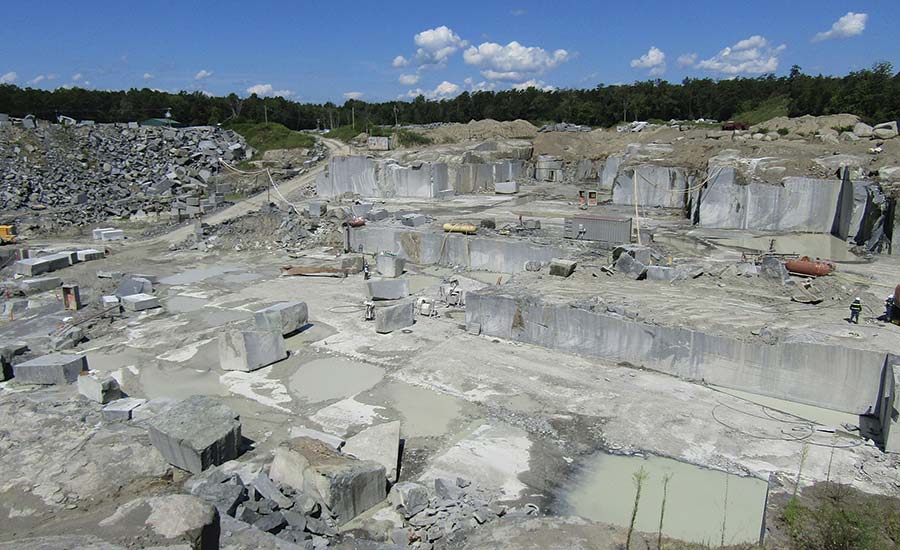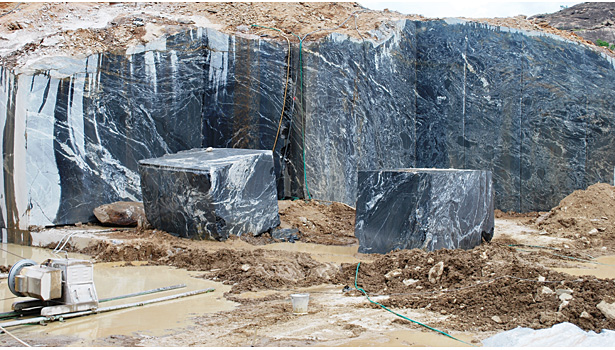Diving into of Granite Quarries in South Africa
Diving into of Granite Quarries in South Africa
Blog Article
Discovering the Rich Background and Lasting Practices of Granite Quarrying
As we stand on the precipice of revealing the detailed tapestry of granite quarrying, a journey via time reveals not just the physical act of removing stone yet additionally the cultural and historic significance woven right into the very fabric of this practice. From the old origins that laid the foundation for modern quarrying techniques to the lasting methods that are shaping the future of this market, each chisel mark on granite surface areas informs a story waiting to be discovered (granite quarries in south africa). The legacy of granite quarrying extends much past plain extraction; it is a testament to human ingenuity, resilience, and the enduring allure of this majestic stone
Old Origins of Granite Quarrying
Going back to ancient people, the technique of quarrying granite has been an indispensable component of human history and architectural innovation. The earliest proof of granite quarrying go back to old Egypt, where substantial pyramids and complex sculptures were crafted from this sturdy stone. The Egyptians made use of primitive devices to draw out granite blocks from quarries, showcasing the value of this product in their huge buildings.
Progressing in history, the Greeks additionally made considerable payments to the quarrying of granite. The Greeks used granite in various building wonders, such as holy places and statuaries, showing their skill in shaping and sculpting this durable rock. The Romans additionally refined the methods of quarrying granite, employing advanced tools like chisels and hammers to remove and shape granite for their renowned frameworks.
Through the centuries, the practice of quarrying granite has advanced, with modern-day technologies enhancing effectiveness while preserving the ageless charm of this natural rock - granite quarries in south africa. From old civilizations to modern builders, the heritage of granite quarrying continues to form our world
Development of Quarrying Methods
The advancement of quarrying strategies has been marked by a continuous development in the direction of greater effectiveness and precision in extracting granite. Early quarrying strategies involved hand-operated labor with basic tools such as blades, hammers, and wedges to extract granite blocks from the earth.
In even more recent times, the advent of equipment revolutionized the quarrying sector, allowing much faster extraction rates and raised performance. Technologies such as ruby cable saws, high-pressure water jets, and pneumatically-driven drills have actually come to be typical in contemporary quarries, permitting exact cutting and lowered waste. Advancements in computer-controlled equipment and 3D modeling have enhanced quarrying operations, leading to marginal ecological effect and enhanced sustainability practices. As the demand for why not try here granite continues to rise, the development of quarrying techniques continues to be indispensable to meeting sector requires efficiently and sustainably.
Social Significance of Granite
Granite holds an extensive social importance across numerous people due to its long-lasting visibility in building masterpieces and prized monuments. The social significance of granite expands past its physical features; it symbolizes resilience, security, and eternity, making it an icon of withstanding legacies and customs.

Sustainable Practices in Quarrying
Amidst the abundant history of granite quarrying and its cultural value lies a growing focus on lasting methods within the sector. As environmental awareness and problems regarding source deficiency have increased around the world, the quarrying field has increasingly welcomed sustainable approaches to reduce its influence on the environment and bordering Look At This areas.

Furthermore, improvement and rehab of quarry sites post-extraction are integral to lasting methods. By restoring quarried areas to an all-natural or advantageous state, such as creating wild animals environments or leisure areas, quarriers can counter the ecological footprint of their procedures and add favorably to the neighborhood ecosystem.
Tradition of Granite Quarrying
With a historic background steeped in workmanship and industrial development, what sustaining influence has granite quarrying left on the landscape of contemporary culture? The legacy of granite quarrying goes beyond simple extraction methods; it has actually formed building marvels, city landscapes, and social heritage worldwide. The resilient nature of granite has made it a recommended choice for monoliths, buildings, and framework, standing as a testament to the ability and creativity of quarry workers across generations.
Additionally, the economic impact of granite quarrying can not be overlooked. The sector proceeds to give job opportunity and drive neighborhood economies in areas where granite extraction is common. It has actually likewise stimulated technological developments in quarrying techniques and devices, leading to a lot more reliable and lasting practices.
In terms of sustainability, the heritage of granite quarrying consists of redirected here efforts to minimize ecological impacts with reclamation tasks and responsible resource management. By balancing financial interests with ecological stewardship, the industry makes every effort to make certain that future generations can remain to gain from this long-lasting all-natural resource.
Conclusion

Report this page